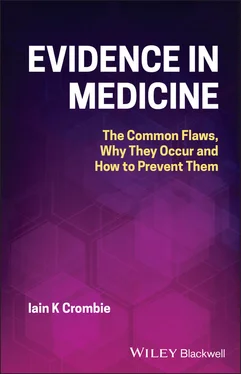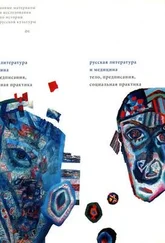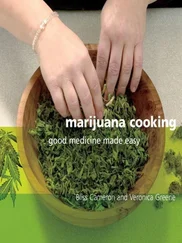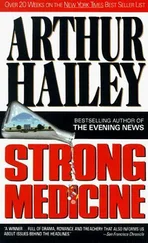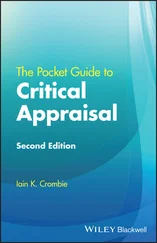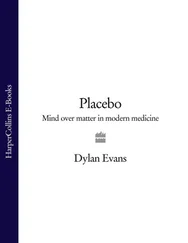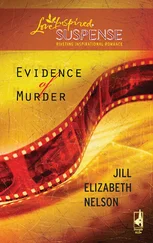This book focuses on the flaws in medical evidence. It does not review the important findings from the many high quality studies that have provided convincing evidence on the effectiveness of a wide range of treatments. Instead, the book describes the variety of deficiencies that afflict much research. This assessment could lead to an overly negative assessment of the state of medical evidence. The reality is that clinical research is spread across a spectrum from high to very low quality studies. The aim of the book is to use a detailed review of the flaws and their causes, to develop a strategy to prevent poor quality and misleading research. If implemented, the strategy could prevent some of the more egregious studies from being published, and rectify some with less reprehensible weaknesses. In this way, it could help move the spectrum upwards in quality. The book should be read from a constructive perspective of what is going wrong and how can we change it, in which the focus on flaws also provides the motivation for action.
1 1. Chalmers, I. (2011). Why the 1948 MRC trial of streptomycin used treatment allocation based on random numbers. J. R. Soc. Med. 104: 383–386.
2 2. Byar, D.P., Simon, R.M., Friedewald, W.T. et al. (1976). Randomized clinical trials. Perspectives on some recent ideas. N. Engl. J. Med. 295: 74–80.
3 3. Bastian, H., Glasziou, P., and Chalmers, I. (2010). Seventy‐five trials and eleven systematic reviews a day: how will we ever keep up? PLoS Med. https://doi.org/10.1371/journal.pmed.1000326.
4 4. Viergever, R.F. and Li, K. (2015). Trends in global clinical trial registration: an analysis of numbers of registered clinical trials in different parts of the world from 2004 to 2013. BMJ Open https://doi.org/10.1136/bmjopen‐2015‐008932.
5 5. Wallach, J.D., Gonsalves, G.S., and Ross, J.S. (2018). Research, regulatory, and clinical decision‐making: the importance of scientific integrity. J. Clin. Epidemiol. 93: 88–93.
6 6. Ioannidis, J.P.A., Stuart, M.E., Brownlee, S. et al. (2017). How to survive the medical misinformation mess. Eur. J. Clin. Investig. 47: 795–802.
7 7. Eshre, C.W.G. (2018). Protect us from poor‐quality medical research. Hum. Reprod. 33: 770–776.
8 8. Roberts, I., Ker, K., Edwards, P. et al. (2015). The knowledge system underpinning healthcare is not fit for purpose and must change. BMJ https://doi.org/10.1136/bmj.h2463.
CHAPTER 1 The Rationale for Treatment: A Brief History
The development of modern medicine has rightly been described as ‘the greatest benefit to mankind’ [1]. Vaccination, anaesthetics, aseptic surgery, antibiotics, insulin for diabetes and drugs to prevent and treat heart disease form part of a very long list of treatments that have transformed healthcare. These are the fruits of many years of careful clinical investigation supported by extensive research. However, medicine has a checkered history in which ineffective treatments were widely used: as Benjamin Franklin pithily remarked in the eighteenth century, ‘God heals, and the doctor takes the fees’ [2]. Studies of the history of medicine show that the basis on which treatments have been used has varied greatly across the centuries [3]. This chapter explores the rationale behind the use of treatments, and the way this has changed over time. It concludes by describing the progress towards present‐day methods for testing the effectiveness of treatments.
THEORY AS JUSTIFICATION FOR TREATMENT
In ancient times diseases were attributed to supernatural causes, spirits and demons. Treatments involved spells and prayers, or the wearing of amulets, which were intended to drive the malign forces from the patient [4]. Theories gradually evolved towards biological and physical causes of disease, with treatments involving minor surgery and drugs (usually based on plant extracts, minerals and metals). In Western medicine, one of the most influential of these theories was the doctrine of the four humours. It held that good health was enjoyed when four humours (the fluids: blood, phlegm, black bile and yellow bile) were in balance, with an excess of one humour causing disease [5]. Treatment for illness focused on restoring the balance by removing some of the excess humour from the body. This could be achieved by bloodletting (cutting open a vein or by applying a leech), or by losing fluid with a purgative or blistering the skin. This treatment was almost always harmful, although it often appeared to give short‐term relief of the symptoms of acute inflammations [6]. The most notable casualty of bloodletting was George Washington, first president of the United States. He was suffering from a serious upper respiratory tract infection, for which his doctors extracted approximately 2.4 L of blood over about 12 hours. He died 33 hours later, probably from the combination of the infection and the treatment given [5]. When the practice of bloodletting was challenged in the nineteenth century, a leading physician, William Stokes, commented that it was hard to believe ‘that the fathers of British medicine were always in error, and that they were bad observers and mistaken practitioners’ [7]. This cautionary tale of bloodletting suggests that theory and clinical experience may be unreliable guides to the effectiveness of a treatment.
A more recent but widely (mis)used theory was that bed rest was beneficial for a variety of ailments. Its popularity has been traced to a series of lectures in the middle nineteenth century by John Hilton, president of the Royal College of Surgeons [8, 9]. Initially recommended for recovery following orthopaedic procedures [10], it was soon used for conditions including myocardial infarction, pulmonary tuberculosis, rheumatic fever and psychiatric illnesses [9]. Bed rest was particularly popular in pregnancy, where it was recommended for complications such as threatened abortion, hypertension or preterm labour [11]. The theory was that if rest helped to mend broken bones, then it would also heal other organs [9]. The benefits of bed rest were thought to include reduced demands on the heart, conservation of metabolic resources for healing and avoidance of stress [12]. Its use began to be challenged in the middle of the twentieth century, as evidence grew on the adverse effects of bed rest; it is now known to cause impairment of cardiovascular, haematological, musculoskeletal, immune and psychological functions [9, 12]. Bed rest is an example of a treatment based on beliefs about benefit that endured in the face of substantial evidence of harm [8, 11].
TESTING ON A SERIES OF PATIENTS
The transition, from treatments based on theory to the use of evidence derived from empirical studies, was a gradual process. A simple, and common, method was to give a treatment on a series of patients, then observe its impact on disease. A good example is the use of the leaves of the willow tree for inflamed joints, a treatment dating back to the ancient Egyptians [13]. Clinical observation confirmed the benefits: application of a decoction of willow leaves to inflamed skin reduced the swelling. Extracts of willow leaves and bark were also used for fever and pain by the Greeks from the fifth century BCE [14]. An important step in the use of the willow was taken by the Reverend Edward Stone in 1763. He administered a solution of powdered willow bark to 50 patients with fever, judging the treatment a great success [14, 15]. The active ingredient of the willow, salicin, was isolated in the 1820s [13, 15]. This drug was tested by a Dundee physician, T.J. MacLagan, who administered it to a series of patients with acute rheumatism. Not only was the treatment successful, it demonstrated antipyretic, analgesic and anti‐inflammatory effects [15]. Salicin was recognised to be an important drug, but its long‐term use was limited because gastric irritation, nausea and vomiting were common side effects. The pharmaceutical arm of the Bayer company searched for a safer alternative, and successfully modified salicin to produce a new chemical with fewer side effects [13, 15]. That drug, aspirin, is now the most widely used medicine in the world [14].
Читать дальше
